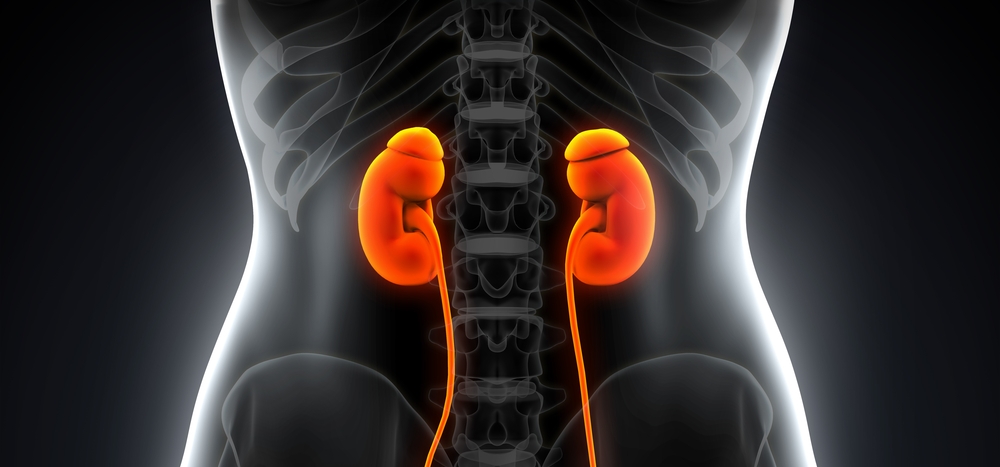Researchers analyzed genetic data obtained from uterine tissue thanks to sophisticated and complex computer-based technology and managed to identify specific patterns of genetic activity through which endometriosis can be diagnosed. The prototype was developed thanks to National Institutes of Health funding and provides the possibility assessing the severity of the disease and a way of distinguishing endometriosis from other disorders that affect the uterus. The study was published in the Endocrinology journal.
Endometriosis is a painful condition that occurs when tissue that should normally line the inside of the uterus actually grows outside it. It is estimated that 11 percent of women suffer from endometriosis.
Scientists used the machine learning technology to assess the gene activity of several tissue samples taken straight from the endometrium; this technology enables computers to learn from an activity without the necessity of being explicitly programmed. Through this technology, researchers are able to study a biological process called gene expression which involves the translation of genes into proteins. The researchers used this approach to build an efficient method of distinguishing samples that belong to women with endometriosis from those that came from women affected by other conditions.
The co-author of the study, Louis DePaolo, from the Eunice Kennedy Shriver National Institute of Child Health and Human Development (NICHD), noted: “Laparoscopy involves general anesthesia and making an incision in the abdomen. These findings indicate that it may be possible to avoid the surgical procedure and diagnose endometriosis from a tissue sample obtained in the office setting without anesthesia.”
In the majority of the cases, endometriosis is caused by retrograde menstruation; the endometrial tissue, instead of coming out through the cervix, flows backward through the fallopian tubes and into the pelvic cavity. The endometrial tissue gets attached to organs (ovaries, for instance) in the pelvic and abdominal cavities in women suffering from this condition. This disease can lead to scarring, inflammation and pain and can ultimately cause infertility.
148 samples were assessed to identify expressed genes by using DNA microarray technology: 77 belonging to women with endometriosis, 37 to women with other uterine/pelvic problems different from endometriosis and 34 from a control healthy group of women. Researchers managed to distinguish each one of the groups and even different stages of endometriosis.
“We’re looking ahead to potentially being able to do a test for endometriosis in the office, as opposed to general anesthesia in the operating room,” explained Dr. Giudice. “This 10-minute procedure would include inserting a very small catheter into the uterus, through the cervix, to remove an endometrial cells’ sample.”
In conclusion, researchers found different patterns of gene expression in the endometrium of women suffering with endometriosis; these patterns included genes involved in inflammation and in triggering the immune system and in the generation of new blood vessels. Women with other pelvic diseases also revealed signs of immune activation, but the gene expression was different from the one found in women with endometriosis.

